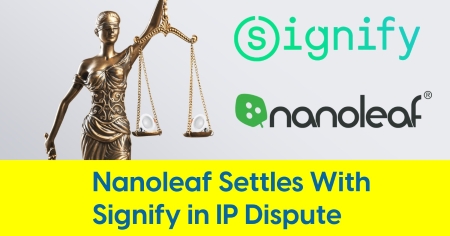October 19, 2023
MIT Study: Pair Germicidal UV with Ventilation for Safety

Navigating the complexities of 222nm far UVC light disinfection technology and indoor safety
In the ongoing fight against contagious diseases from the common flu to COVID-19, innovative measures are continually emerging. One approach that has gained significant attention in recent years is the deployment of germicidal ultraviolet (UV) lighting technology, recognized for its efficacy in curbing airborne pathogens. However, recent findings from MIT sound a note of caution, urging the consideration of ventilation when employing these devices.
The findings are reported in the journal Environmental Science and Technology, in a paper by recent MIT postdoc Victoria Barber, doctoral student Matthew Goss, Professor Jesse Kroll, and six others at MIT, Aerodyne Research, and Harvard University.
While the utility of UV light in disinfection is well-acknowledged, not all UV sources are created equal. Conventional UV devices, which are known for their potential risks to skin and eyes, have an alternative. This technology emits a unique wavelength of 222 nanometers, often referred to as the far UVC band of ultraviolet light.
These germicidal UV devices, known as krypton-chloride (KrCl) excimer lamps, promise the same germicidal disinfection benefits without the conventional hazards. Yet, with every promising innovation comes the need for scrutiny.
A Double-Edged Sword
MIT's research reveals that these 222nm UV lights might have unintended consequences in indoor spaces. While adept at neutralizing pathogens, the lights have been found to produce compounds that could be detrimental to human health. A notable revelation from the study is the process by which the UV light interacts with oxygen, resulting in ozone formation—a known health risk.
Experienced lighting people who worked through the recent pandemic likely already know that ozone is a potential side effect of UV disinfection in certain circumstances. The disinfection process could set off a cascade of oxidation reactions, leading to the creation of OH radicals and the transformation of volatile organic compounds into more harmful forms.
Lighting Technology in Real-world Application
Despite the prevalent discussions about the novel UV technology's merits, KrCl excimer lamps are still not widely adopted for many reasons including their costs. Their current application is limited, seen more in commercial environments like hospitals and restaurants rather than residential spaces. A fairly common narrative in the lighting industry has been the possibility of these lamps serving as alternatives to ventilation, especially in older buildings challenging to ventilate. However, MIT's findings confront this notion.
Professor Jesse Kroll, part of the MIT research team, firmly emphasizes that UV lights should complement ventilation, not replace it. While the deactivation of viruses and bacteria remains an undeniable benefit, the potential buildup of secondary products due to inadequate ventilation could offset the advantages.
Looking Ahead
While the current results are grounded in controlled lab environments, the researchers acknowledge the need to validate their findings in real-world settings. The research's significance is amplified by the fact that 222nm UV devices have already found their way into varied spaces like bathrooms, classrooms, and conference rooms. Dustin Poppendieck, a researcher at the National Institute for Standards and Technology, underscores the urgency of a comprehensive understanding of these devices before widespread adoption.
The unanimous consensus from the researchers is clear: UV lights, especially those of the 222nm wavelength, can be instrumental in reducing pathogen loads. However, the call for appropriate ventilation remains paramount.









